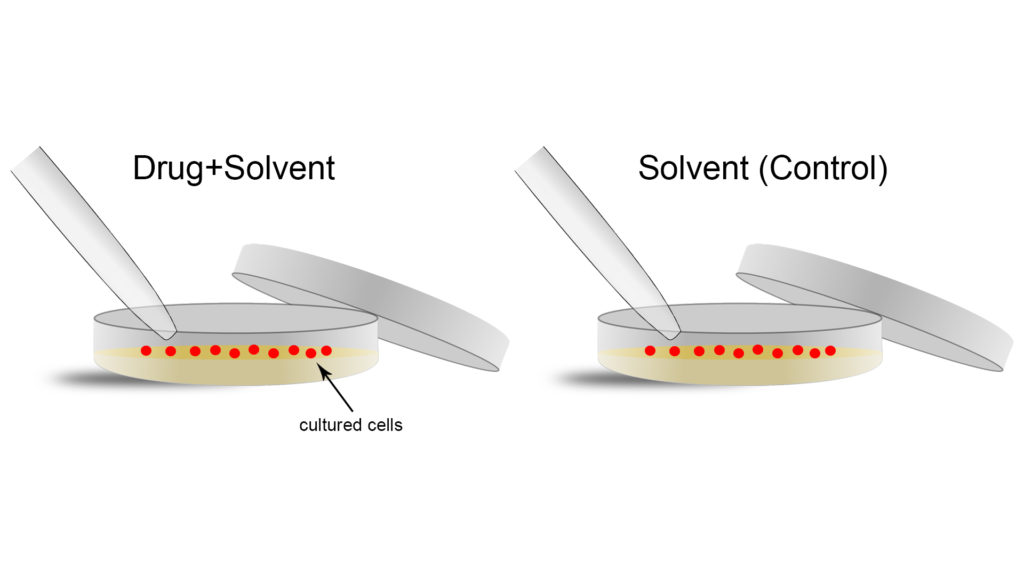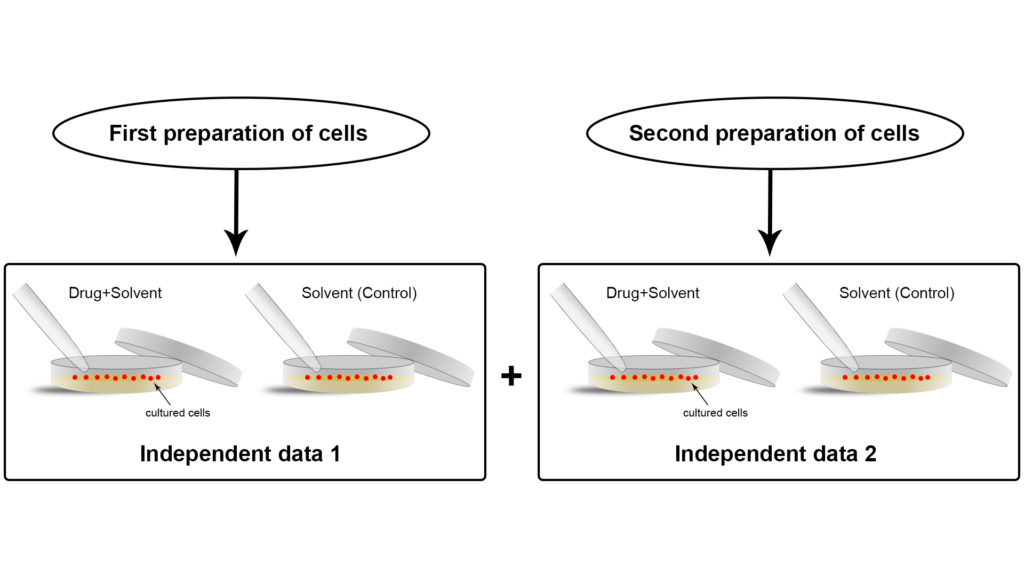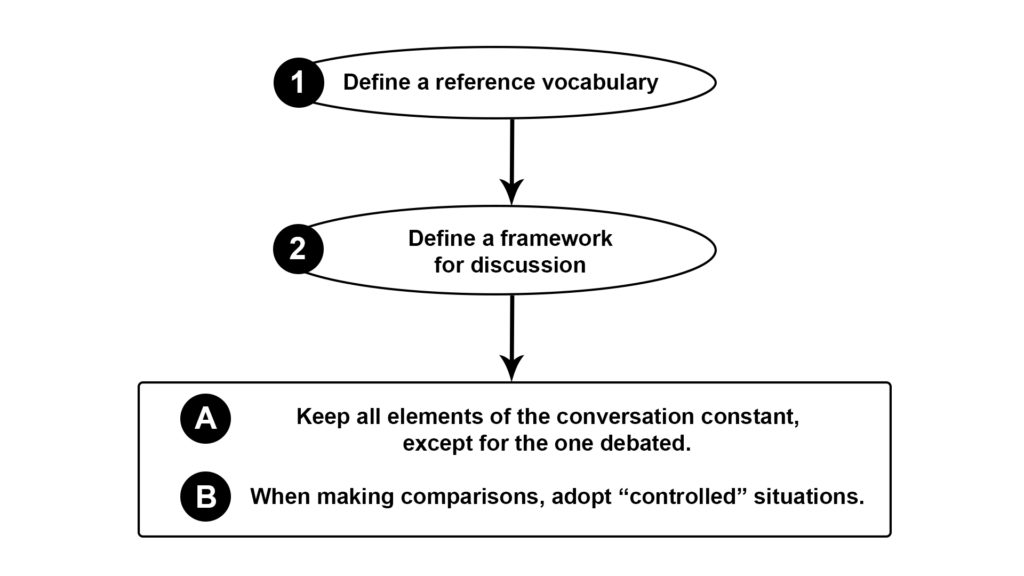By Ashley Moses, edited by Andrew S. Cale Each year, millions of scientific research papers are published. Virtually none of them can…
A Guide to Using the Scientific Method in Everyday Life

The scientific method—the process used by scientists to understand the natural world—has the merit of investigating natural phenomena in a rigorous manner. Working from hypotheses, scientists draw conclusions based on empirical data. These data are validated on large-scale numbers and take into consideration the intrinsic variability of the real world. For people unfamiliar with its intrinsic jargon and formalities, science may seem esoteric. And this is a huge problem: science invites criticism because it is not easily understood. So why is it important, then, that every person understand how science is done?
Because the scientific method is, first of all, a matter of logical reasoning and only afterwards, a procedure to be applied in a laboratory.
Individuals without training in logical reasoning are more easily victims of distorted perspectives about themselves and the world. An example is represented by the so-called “cognitive biases”—systematic mistakes that individuals make when they try to think rationally, and which lead to erroneous or inaccurate conclusions. People can easily overestimate the relevance of their own behaviors and choices. They can lack the ability to self-estimate the quality of their performances and thoughts. Unconsciously, they could even end up selecting only the arguments that support their hypothesis or beliefs. This is why the scientific framework should be conceived not only as a mechanism for understanding the natural world, but also as a framework for engaging in logical reasoning and discussion.
A brief history of the scientific method
The scientific method has its roots in the sixteenth and seventeenth centuries. Philosophers Francis Bacon and René Descartes are often credited with formalizing the scientific method because they contrasted the idea that research should be guided by metaphysical pre-conceived concepts of the nature of reality—a position that, at the time, was highly supported by their colleagues. In essence, Bacon thought that inductive reasoning based on empirical observation was critical to the formulation of hypotheses and the generation of new understanding: general or universal principles describing how nature works are derived only from observations of recurring phenomena and data recorded from them. The inductive method was used, for example, by the scientist Rudolf Virchow to formulate the third principle of the notorious cell theory, according to which every cell derives from a pre-existing one. The rationale behind this conclusion is that because all observations of cell behavior show that cells are only derived from other cells, this assertion must be always true.
Inductive reasoning, however, is not immune to mistakes and limitations. Referring back to cell theory, there may be rare occasions in which a cell does not arise from a pre-existing one, even though we haven’t observed it yet—our observations on cell behavior, although numerous, can still benefit from additional observations to either refute or support the conclusion that all cells arise from pre-existing ones. And this is where limited observations can lead to erroneous conclusions reasoned inductively. In another example, if one never has seen a swan that is not white, they might conclude that all swans are white, even when we know that black swans do exist, however rare they may be.
The universally accepted scientific method, as it is used in science laboratories today, is grounded in hypothetico-deductive reasoning. Research progresses via iterative empirical testing of formulated, testable hypotheses (formulated through inductive reasoning). A testable hypothesis is one that can be rejected (falsified) by empirical observations, a concept known as the principle of falsification. Initially, ideas and conjectures are formulated. Experiments are then performed to test them. If the body of evidence fails to reject the hypothesis, the hypothesis stands. It stands however until and unless another (even singular) empirical observation falsifies it. However, just as with inductive reasoning, hypothetico-deductive reasoning is not immune to pitfalls—assumptions built into hypotheses can be shown to be false, thereby nullifying previously unrejected hypotheses. The bottom line is that science does not work to prove anything about the natural world. Instead, it builds hypotheses that explain the natural world and then attempts to find the hole in the reasoning (i.e., it works to disprove things about the natural world).
How do scientists test hypotheses?
Controlled experiments
The word “experiment” can be misleading because it implies a lack of control over the process. Therefore, it is important to understand that science uses controlled experiments in order to test hypotheses and contribute new knowledge. So what exactly is a controlled experiment, then?
Let us take a practical example. Our starting hypothesis is the following: we have a novel drug that we think inhibits the division of cells, meaning that it prevents one cell from dividing into two cells (recall the description of cell theory above). To test this hypothesis, we could treat some cells with the drug on a plate that contains nutrients and fuel required for their survival and division (a standard cell biology assay). If the drug works as expected, the cells should stop dividing. This type of drug might be useful, for example, in treating cancers because slowing or stopping the division of cells would result in the slowing or stopping of tumor growth.
Although this experiment is relatively easy to do, the mere process of doing science means that several experimental variables (like temperature of the cells or drug, dosage, and so on) could play a major role in the experiment. This could result in a failed experiment when the drug actually does work, or it could give the appearance that the drug is working when it is not. Given that these variables cannot be eliminated, scientists always run control experiments in parallel to the real ones, so that the effects of these other variables can be determined. Control experiments are designed so that all variables, with the exception of the one under investigation, are kept constant. In simple terms, the conditions must be identical between the control and the actual experiment.
Coming back to our example, when a drug is administered it is not pure. Often, it is dissolved in a solvent like water or oil. Therefore, the perfect control to the actual experiment would be to administer pure solvent (without the added drug) at the same time and with the same tools, where all other experimental variables (like temperature, as mentioned above) are the same between the two (Figure 1). Any difference in effect on cell division in the actual experiment here can be attributed to an effect of the drug because the effects of the solvent were controlled.

In order to provide evidence of the quality of a single, specific experiment, it needs to be performed multiple times in the same experimental conditions. We call these multiple experiments “replicates” of the experiment (Figure 2). The more replicates of the same experiment, the more confident the scientist can be about the conclusions of that experiment under the given conditions. However, multiple replicates under the same experimental conditions are of no help when scientists aim at acquiring more empirical evidence to support their hypothesis. Instead, they need independent experiments (Figure 3), in their own lab and in other labs across the world, to validate their results.

Often times, especially when a given experiment has been repeated and its outcome is not fully clear, it is better to find alternative experimental assays to test the hypothesis.

Applying the scientific approach to everyday life
So, what can we take from the scientific approach to apply to our everyday lives?
A few weeks ago, I had an agitated conversation with a bunch of friends concerning the following question: What is the definition of intelligence?
Defining “intelligence” is not easy. At the beginning of the conversation, everybody had a different, “personal” conception of intelligence in mind, which – tacitly – implied that the conversation could have taken several different directions. We realized rather soon that someone thought that an intelligent person is whoever is able to adapt faster to new situations; someone else thought that an intelligent person is whoever is able to deal with other people and empathize with them. Personally, I thought that an intelligent person is whoever displays high cognitive skills, especially in abstract reasoning.
The scientific method has the merit of providing a reference system, with precise protocols and rules to follow. Remember: experiments must be reproducible, which means that an independent scientists in a different laboratory, when provided with the same equipment and protocols, should get comparable results. Fruitful conversations as well need precise language, a kind of reference vocabulary everybody should agree upon, in order to discuss about the same “content”. This is something we often forget, something that was somehow missing at the opening of the aforementioned conversation: even among friends, we should always agree on premises, and define them in a rigorous manner, so that they are the same for everybody. When speaking about “intelligence”, we must all make sure we understand meaning and context of the vocabulary adopted in the debate (Figure 4, point 1). This is the first step of “controlling” a conversation.
There is another downside that a discussion well-grounded in a scientific framework would avoid. The mistake is not structuring the debate so that all its elements, except for the one under investigation, are kept constant (Figure 4, point 2). This is particularly true when people aim at making comparisons between groups to support their claim. For example, they may try to define what intelligence is by comparing the achievements in life of different individuals: “Stephen Hawking is a brilliant example of intelligence because of his great contribution to the physics of black holes”. This statement does not help to define what intelligence is, simply because it compares Stephen Hawking, a famous and exceptional physicist, to any other person, who statistically speaking, knows nothing about physics. Hawking first went to the University of Oxford, then he moved to the University of Cambridge. He was in contact with the most influential physicists on Earth. Other people were not. All of this, of course, does not disprove Hawking’s intelligence; but from a logical and methodological point of view, given the multitude of variables included in this comparison, it cannot prove it. Thus, the sentence “Stephen Hawking is a brilliant example of intelligence because of his great contribution to the physics of black holes” is not a valid argument to describe what intelligence is. If we really intend to approximate a definition of intelligence, Steven Hawking should be compared to other physicists, even better if they were Hawking’s classmates at the time of college, and colleagues afterwards during years of academic research.
In simple terms, as scientists do in the lab, while debating we should try to compare groups of elements that display identical, or highly similar, features. As previously mentioned, all variables – except for the one under investigation – must be kept constant.
This insightful piece presents a detailed analysis of how and why science can help to develop critical thinking.

In a nutshell
Here is how to approach a daily conversation in a rigorous, scientific manner:
- First discuss about the reference vocabulary, then discuss about the content of the discussion. Think about a researcher who is writing down an experimental protocol that will be used by thousands of other scientists in varying continents. If the protocol is rigorously written, all scientists using it should get comparable experimental outcomes. In science this means reproducible knowledge, in daily life this means fruitful conversations in which individuals are on the same page.
- Adopt “controlled” arguments to support your claims. When making comparisons between groups, visualize two blank scenarios. As you start to add details to both of them, you have two options. If your aim is to hide a specific detail, the better is to design the two scenarios in a completely different manner—it is to increase the variables. But if your intention is to help the observer to isolate a specific detail, the better is to design identical scenarios, with the exception of the intended detail—it is therefore to keep most of the variables constant. This is precisely how scientists ideate adequate experiments to isolate new pieces of knowledge, and how individuals should orchestrate their thoughts in order to test them and facilitate their comprehension to others.
Not only the scientific method should offer individuals an elitist way to investigate reality, but also an accessible tool to properly reason and discuss about it.
Edited by Jason Organ, PhD, Indiana University School of Medicine.
This has to be the best article I have ever read on Scientific Thinking. I am presently writing a treatise on how Scientific thinking can be adopted to entreat all situations.And how, a 4 year old child can be taught to adopt Scientific thinking, so that, the child can look at situations that bothers her and she could try to think about that situation by formulating the right questions. She may not have the tools to find right answers? But, forming questions by using right technique ? May just make her find a way to put her mind to rest even at that level. That is why, 4 year olds are often “eerily: (!)intelligent, I have iften been intimidated and plain embarrassed to see an intelligent and well spoken 4 year old deal with celibrity ! Of course, there are a lot of variables that have to be kept in mind in order to train children in such controlled thinking environment, as the screenplay of little Sheldon shows. Thanking the author with all my heart – #ershadspeak
#wearescience
#weareallscientists
Ershad Khandker
Simone, thank you for this article. I have the idea that I want to apply what I learned in Biology to everyday life. You addressed this issue, and have given some basic steps in using the scientific method.